Pfleghar shot 120 kilometers of color tape and edited that back to 180 minutes. His Julia is working in a grocery store, Romeo is a taxi driver. Their love strengthens, when they mix their dream worlds with reality.
In a newspaper announcement of the Dutch broadcast, the program was positioned as a "Total Show" of the '60s. The film surely captured the climate of the 60s, using elements of drama, vaudeville, musical, news, sports and travel report.
Pfleghar's ambition was to present a modern Romeo And Juliet, using contemporary-modern TV semiology to make it arty (and rather pretentious). The two protagonists followed the dramatic Shakespearean storyline, but, quite anachronistically, they also regularly consulted celebrities on what to do next, to avoid the expected dramatic outcome of the steadily developing tragedy. One of these celebs was Ray Charles. I remember him sitting at his piano, offering a piece of advise to Julia, and singing a few bits.
Hampton Fancher played the role of Romeo Müller, and Tina Sinatra - at the time living together with director Michael Pfleghar in Munich - played Julia Smith. Among the other guest artists were The Bee Gees, the Kessler Twins, the Dutch singer Liesbeth List, Eartha Kitt, Jerry Lewis, Dionne Warwick, Frank Sinatra and Nancy Sinatra, but there were also sequences with public figures like Christiaan Bernard, Hugh Hefner, Richard Nixon, Queen Sirikit, Gunter Sachs, Wernher von Braun, and the Maharishi Mahesh Yogi.
The filming locations were Bali, Bangkok, Heidelberg, Baden-Württemberg, Tokyo, Las Vegas, Nevada, Washington DC, and Ray's RPM Studios in Los Angeles.
In a 2017 (double-)interview, Fancher claims a much more active role in the production of Romeo Und Julia. He remembered the central theme as "How would Romeo and Juliet succeed in falling in love in a world with so much against them? You know, with all the distractions - political, financial, ambition, all that. Romeo And Juliet couldn't happen in 1968 was the idea. [...]
So it was taking this young guy and this young girl who both were innocent and then the narrative was him achieving certain goals and how they became corrupted. It wasn't a strict script, it was improvised a lot. It was like, I would talk to Nixon or I would talk to Frank Sinatra or ask questions. It was then about the fall of our relationship to our death. It opens up with a scene in our coffins in a graveyard and then it goes back. It was ridiculous and yet it had a conceit that was really interesting.
[Pfleghar's film] was made in the cutting room. We went around the world two times. You know, he had endless money, small crew. I wrote a lot of it. It was adventurous. I shot some of it. It was fun.
It didn't get released in America. It was almost released theatrically but then something happened. It was popular in Europe on television. At that time it was the biggest seen event on television. They did it two nights running."
In the same (double-)interview Michael Almereyda suggests that the footage is still around somewhere: "We found a copy".
 A German jazz photo enthusiast published a hitherto unknown photo reportage on Flickr. This is how he described his lucky find: "These are proofs I found at the trade market Ostbahnhof. The seller told me, the shots were taken at Geiselgasteig [in] 1967 during a session with German film producer Michael Pfleghar [Gieselgasteig is the ,film city' to the south of Munich, the head office of Bavaria Film - BS]. Since I could'nt find any of these pictures anywhere on the net, I post them on Flickr."
A German jazz photo enthusiast published a hitherto unknown photo reportage on Flickr. This is how he described his lucky find: "These are proofs I found at the trade market Ostbahnhof. The seller told me, the shots were taken at Geiselgasteig [in] 1967 during a session with German film producer Michael Pfleghar [Gieselgasteig is the ,film city' to the south of Munich, the head office of Bavaria Film - BS]. Since I could'nt find any of these pictures anywhere on the net, I post them on Flickr."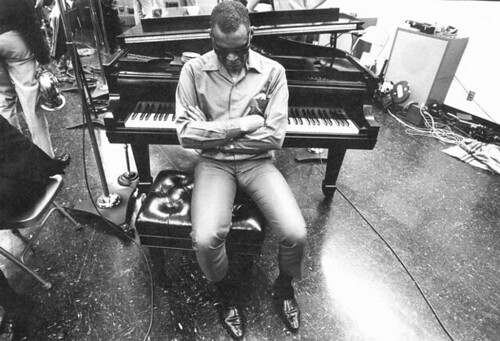
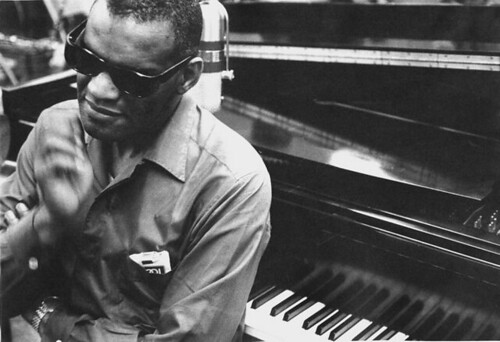
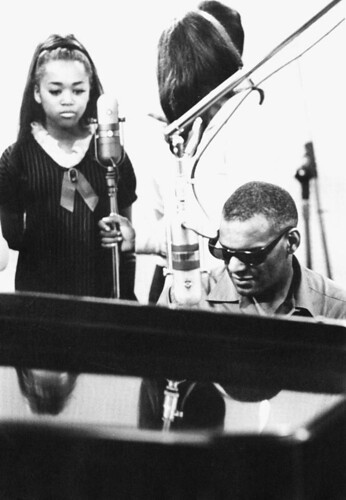

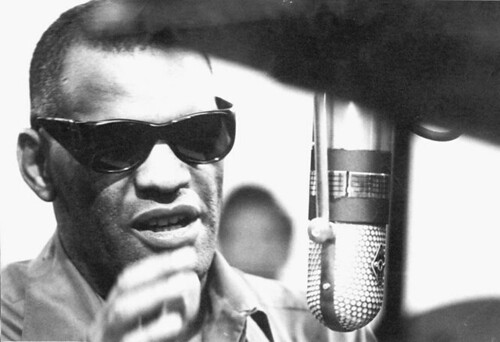
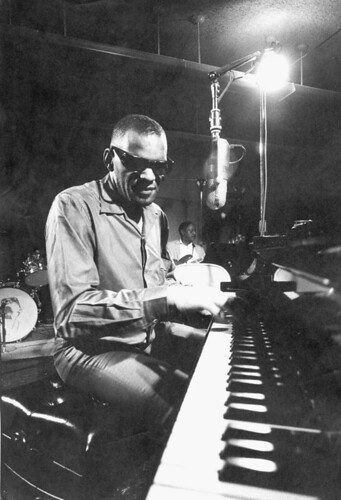
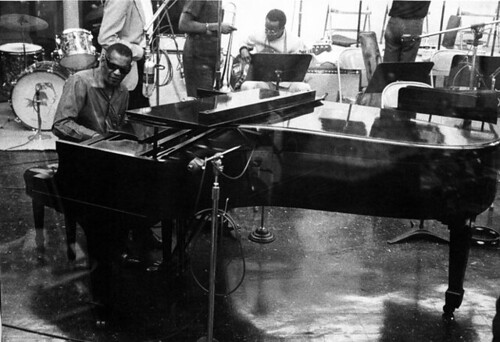
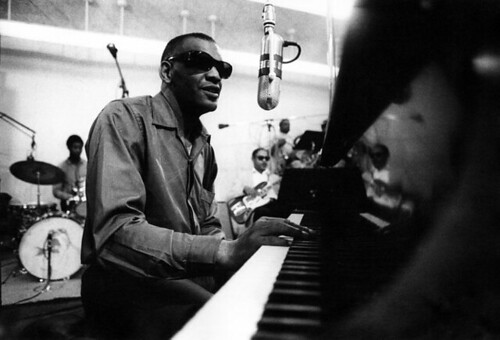

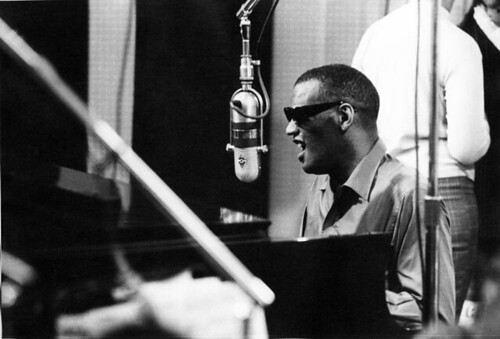
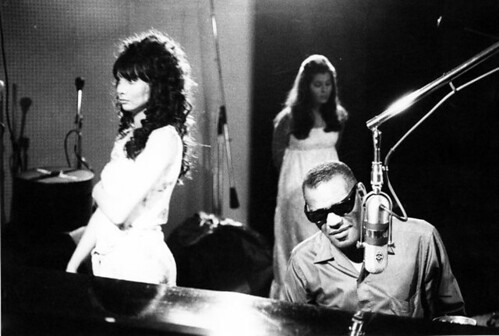

+Peter+Br%C3%BCchmann+-+196c.jpg)
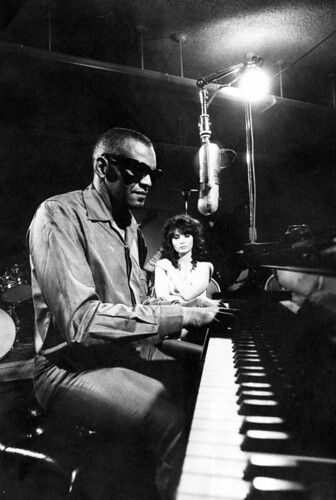
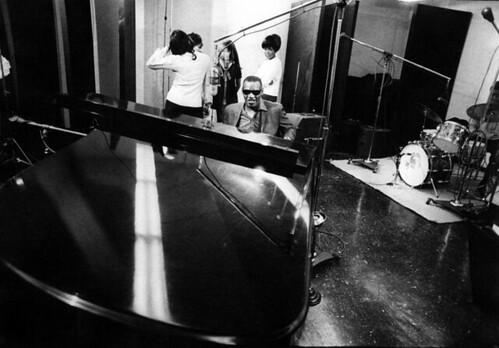
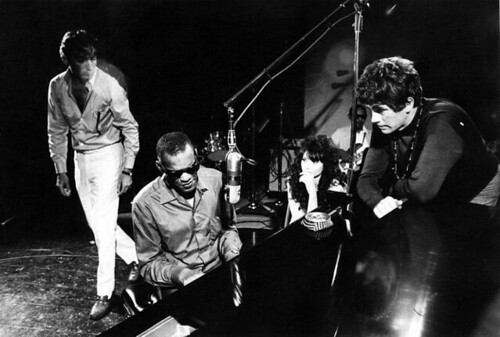







Are The glasses Rodenstock?
ReplyDelete